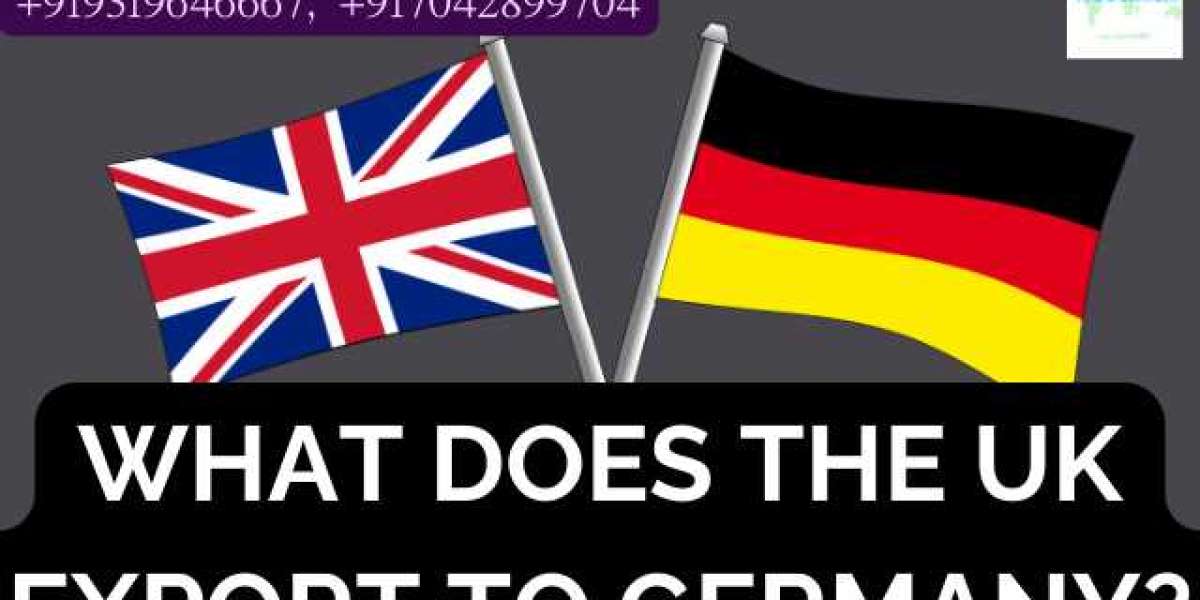In the ever-evolving landscape of intellectual property protection and innovation, the ability to collaborate across borders and time zones has become a game-changer. While the global exchange of ideas has always been a cornerstone of progress, the intricacies of patent-related services and the creation of utility patent drawings once presented formidable geographical barriers. However, thanks to the transformative power of digital tools and technologies, these barriers are rapidly dissolving, giving rise to a new era of global collaboration in patent drawing services.
In this article, we embark on a journey through the fascinating domain of global collaboration in patent drawing services. We will delve into the myriad advantages it brings, the technological enablers that facilitate it, and the profound impact it has on the landscape of innovation and intellectual property protection.
Advantages of Global Collaboration in Patent Drawing Services
Global collaboration in patent drawing services offers a multitude of advantages, revolutionizing the way inventors and patent professionals protect and bring their inventions to life. Here are some key advantages:
- Access to a Global Talent Pool: Perhaps the most significant advantage is access to a diverse and global talent pool of skilled artists, illustrators, and designers. Inventors can collaborate with experts from around the world who possess the specific skills and expertise needed for their patent drawings.
- 24/7 Workflow: With teams distributed across different time zones, work can progress virtually around the clock. This enables faster project completion and helps meet tight patent application deadlines.
- Cost Efficiency: Collaborating with international partners can often lead to cost savings. Outsourcing patent drawing tasks to countries with lower labor costs can be a cost-effective strategy for inventors and patent professionals.
- Specialized Expertise: Different regions and countries may have unique patent requirements and standards. Collaborating with experts from those regions ensures that patent drawings comply with local regulations and expectations.
- Diverse Cultural Perspectives: International collaboration brings together individuals with diverse cultural backgrounds. This diversity of perspectives can lead to more creative and comprehensive patent drawings, as different cultures may have varying ways of interpreting and representing ideas.
- Faster Turnaround Times: With teams working across time zones, there is the potential for faster project turnaround times. While some team members rest, others can continue the work, leading to expedited project completion.
- Advanced Technologies: Different countries may have access to unique technologies and tools. Collaborating globally allows the integration of advanced technologies and software into the patent drawing process, leading to higher quality and more innovative illustrations.
- Reduced Language Barriers: Collaboration tools often include translation features, which can help overcome language barriers. This ensures clear communication and understanding among team members from different language backgrounds.
- Robust Quality Control: International collaboration can lead to robust quality control processes. Multiple experts from different regions can review and refine patent drawings, enhancing accuracy and quality.
- Global Intellectual Property Protection: As inventions often have global markets, collaborating on patent drawings ensures that the resulting patents are suitable for international protection, safeguarding intellectual property on a global scale.
- Comprehensive Skill Sets: Collaborators from different regions may bring complementary skill sets. For instance, one expert might excel in 2D drawings, while another specializes in 3D modeling, allowing for a broader range of services.
- Innovation Acceleration: The ability to collaborate globally accelerates the pace of innovation. Ideas can be developed, patented, and brought to market more quickly, driving technological advancement.
Technologies Facilitating Global Collaboration
Global collaboration in patent drawing services is made possible and efficient through various technologies that enable teams to work seamlessly across geographical boundaries. These technologies facilitate communication, file sharing, project management, and real-time collaboration. Here are some of the key technologies that play a crucial role in enabling global collaboration in patent drawing services:
Cloud-Based Collaboration Platforms:
- Google Workspace: Google Workspace offers a suite of productivity tools, including Google Docs, Google Sheets, Google Slides, and Google Drive. These cloud-based applications allow collaborators to work on patent drawings and related documents in real time, with changes automatically synchronized across all devices.
- Microsoft 365: Microsoft 365 provides a similar suite of cloud-based productivity tools, including Word, Excel, PowerPoint, and OneDrive, enhancing collaboration and document sharing among team members.
Video Conferencing and Communication Tools:
- Zoom: Zoom is a popular video conferencing platform that enables virtual meetings, webinars, and screen sharing. It is invaluable for real-time communication and collaboration among global teams.
- Microsoft Teams: Microsoft Teams combines video conferencing, chat, and document collaboration within a single platform, making it a comprehensive solution for remote teamwork.
Collaborative Design Software:
- Adobe Creative Cloud: Adobe’s suite of design software, including Adobe Illustrator and Adobe Photoshop, is widely used in patent drawing services. These tools support collaborative workflows and allow multiple users to work on the same drawings simultaneously.
- AutoCAD: AutoCAD is a leading software for creating detailed technical drawings and 3D models. Collaborators can work together on intricate patent drawings, ensuring accuracy and precision.
Project Management Software:
- Trello: Trello is a popular project management tool that uses boards, lists, and cards to organize tasks and projects. It provides visibility into the progress of patent drawing projects and facilitates collaboration among team members.
- Asana: Asana is another project management platform that helps teams plan, track, and manage their work. It’s useful for assigning tasks, setting deadlines, and monitoring project milestones.
Collaborative Online Whiteboards:
- Miro: Miro is an online collaborative whiteboard platform that allows teams to visualize ideas, brainstorm, and create diagrams together. It can be used for collaborative sketching and planning during the patent drawing process.
Version Control Systems:
- Git: Git is a version control system commonly used for managing changes to source code, but it can also be adapted for managing revisions to patent drawings. It helps ensure that collaborators are working with the latest versions of drawings and can track changes over time.
Translation and Language Tools:
- Machine Translation Services: Tools like Google Translate and Microsoft Translator can assist in overcoming language barriers by providing real-time translation of text and communications.
Impact on the Innovation Landscape
The impact of global collaboration in patent drawing services extends far beyond the realm of intellectual property protection. It has profound effects on the innovation landscape, influencing the pace, quality, and global reach of innovative ideas and inventions. Here are several key ways in which global collaboration in patent drawing services shapes the innovation landscape:
- Accelerated Innovation: Global collaboration accelerates the pace of innovation. With teams distributed across time zones, work can continue around the clock. This rapid development cycle allows inventors to bring their ideas to fruition more quickly, fostering a climate of continuous innovation.
- Access to Diverse Expertise: Collaborating with individuals from different regions and backgrounds provides access to diverse expertise. This diversity of perspectives often leads to more creative and comprehensive solutions, pushing the boundaries of what is possible in patent drawings and, by extension, in inventions themselves.
- Cross-Cultural Innovation: Global collaboration facilitates cross-cultural innovation. Ideas and concepts that may have been limited by a single cultural perspective now benefit from the fusion of ideas and cultural influences, resulting in more universally appealing and adaptable inventions.
- Global Patent Protection: Inventions often have global markets and potential competitors worldwide. Collaborating on patent drawings ensures that the resulting patents are suitable for international protection, safeguarding intellectual property on a global scale. This encourages inventors to think beyond their immediate market and consider global expansion.
- Efficient Resource Utilization: International collaboration allows for the efficient utilization of resources. Tasks can be allocated to team members in regions where they can be completed most cost-effectively, optimizing the allocation of budgets and human resources.
- Technological Integration: Different regions may have access to unique technologies and tools. Collaborating globally enables the integration of advanced technologies and software into the patent drawing process, leading to higher quality and more innovative illustrations.
- Competitive Advantage: Companies and inventors that embrace global collaboration have a competitive advantage. They can draw on the expertise of specialists from around the world, giving them an edge in terms of both the quality of their inventions and the efficiency of their patent application processes.
- Market Expansion: Global collaboration opens doors to new markets. When inventors collaborate with international experts, they gain insights into regional market needs and preferences, potentially leading to the development of products tailored to specific global markets.
- Interdisciplinary Innovation: Collaborative teams often include members with diverse professional backgrounds. This interdisciplinary approach fosters innovation by bringing together individuals with complementary skills and expertise.
- Fostering Intellectual Property Awareness: Global collaboration heightens awareness of the importance of intellectual property protection on a global scale. It encourages inventors to take their ideas and inventions more seriously, leading to an increase in patent filings and a stronger intellectual property landscape.
Conclusion
In conclusion, the advent of global collaboration in patent drawing services has ushered in a new era of innovation and intellectual property protection. This transformative approach has expedited the pace of invention and elevated the quality and global reach of innovative ideas. The impact of this collaboration ripples through the innovation landscape in several profound ways.
First and foremost, it accelerates the innovation cycle, allowing inventors to bring their ideas to fruition at an unprecedented speed. The ability to tap into a global talent pool fosters diverse perspectives and cross-cultural innovation, enriching the depth and breadth of creative solutions.
Moreover, global collaboration ensures that inventions are poised for international recognition and protection, underscoring the importance of intellectual property on a global scale. It optimizes resource utilization and integrates cutting-edge technologies into the patent drawing process, giving inventors a competitive edge.
As we move forward, global collaboration in patent drawing services will continue to reshape the innovation landscape. Breaking down geographical barriers paves the way for a future where innovative ideas transcend borders, driving progress and inspiring a new era of invention. In this dynamic environment, collaboration knows no bounds, and the possibilities for innovation are limitless.
Read More:
Digital Tools and Technology in Utility Patent Drawings Services
Patent Drawing Software: Top Tools for Inventors and Patent Attorneys








